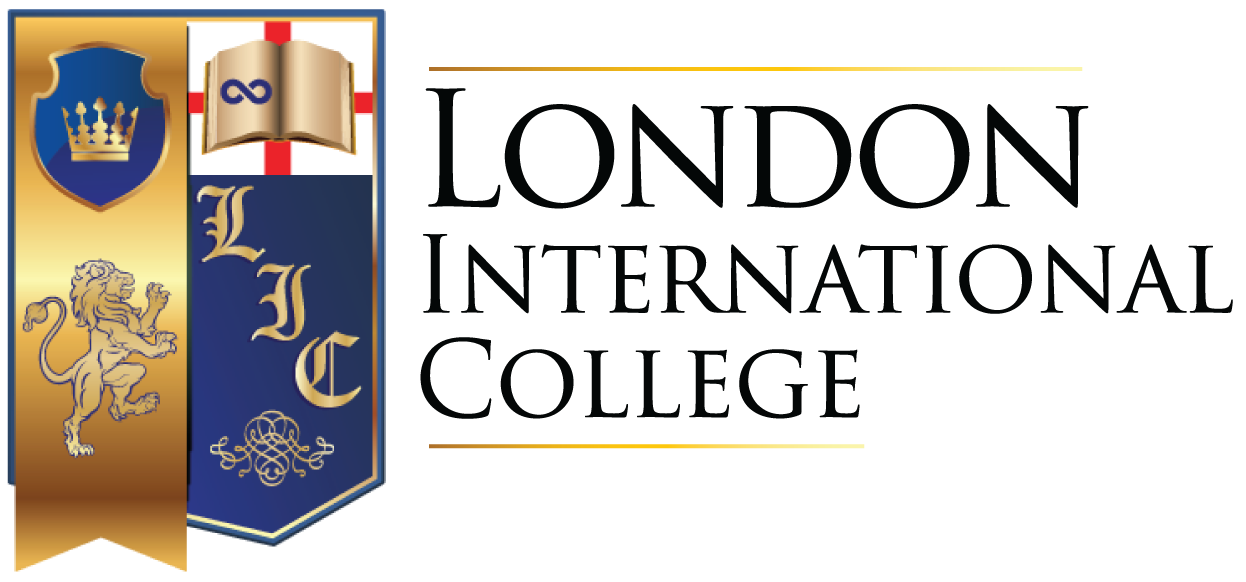What Is Religion?
Ask most people if they know what religion is and they will say yes. Ask them to define it, though, and you’re likely to get blank stares and some mumbles. While we usually recognize religion when we see it, definitions are more challenging. Most people assume it has something to do with God, or gods, but that’s not always the case. Definitions tend either to be so broad they’re unhelpful or so specific they omit or overlook certain religions.
In addition, religion overlaps with philosophy. Confucius probably thought of himself as nonreligious, yet his philosophical principles have been incorporated into Chinese religions. Indeed, when a philosopher devoutly follows a particular religion, it can become impossible to distinguish between it and his philosophy. Søren Kierkegaard, a nineteenth-century Danish philosopher regarded as a father of existentialism, had a deep Christian faith and wrote profound theological works. Nevertheless, philosophy differs from religion in that it typically does not involve corporate practices like worship.
One far-reaching effect of cultural diversity on a global scale is that disparities, divergences, and discrepancies are not only interreligious but also intra-religious—that is, within the same religion in different areas. An Ethiopian Orthodox worship service bears little outward resemblance to an Ecuadorian Pentecostal service, yet both groups share core Christian beliefs.
Further, because religion significantly impacts our worldview, religious beliefs and practices are highly interconnected with culture. Indeed, as with the philosophical, discerning the cultural from the religious can range from challenging to undoable, so intertwined are they. What outsiders may view as religious practice, adherents may see as simply a cultural tradition. Traditional Chinese people clean ancestral graves each spring; Westerners tend to identify this as a religious practice, while the Chinese think of it in cultural terms. In the same way yet in reverse, some non-natives enjoy attending Native American powwows to watch the “cultural” dances, but to the cultural insider these dances have spiritual import.
The English word religion comes from the Latin religio, meaning “awe or fear of a god or spirit.” Most religions do affirm a supernatural realm and include practices intended to worship or placate gods or spirits. But again, not all belief systems typically classified as “religions” entail the supernatural or even uphold its existence. Confucianism, Taoism, Theravada Buddhism, and Jainism are found in every world religions textbook yet are indifferent or agnostic on the reality of the supernatural, especially in any personal sense.
Even those who study religion professionally struggle to agree on a definition. The theologian Paul Tillich called it “that which is of ultimate concern”—perhaps an accurate descriptor but too general to be very useful as a definition. Anthropologist Michael Alan Park defines it as “a set of beliefs and behaviors pertaining to the supernatural.” While most anthropological explanations insist on inclusion of the supernatural, Edward Norbeck says religion is a “distinctive symbolic expression of human life that interprets man himself and his universe, providing motives for human action” (in Religion in Human Life [1974:6]). William James said religion “consists of the belief that there is an unseen order, and that our supreme good lies in harmoniously adjusting ourselves thereto.” Note that neither of these latter two necessitates affirmation of the supernatural.
Despite the variety, sifting through definitions does steer us toward helpful principles. First, one religion component is an organized system of beliefs. In some cases the organization may not be obvious to outsiders, but no religion is made up of random, unrelated creeds. Second, not all religions involve worship, but they do all mandate or at least commend certain behaviors and actions—corporate, individual, or both—that are related to the belief system. Third, a religion answers questions about the unknown.
What William James called an “unseen order” relates to how a religion answers what are usually termed ultimate questions. The various religions respond to these queries in an astonishing array of ways. Whether or not the answers are interwoven in a systematic manner, they guide people in thinking about what is beyond that which our five senses can perceive.
The foremost ultimate question is “What is ultimate reality?” For theists (primarily, adherents to Christianity, Judaism, Islam), the answer is God. Buddhists say the answer is Nothing (specifically, a void, or Nirvana). Secular Humanists say it’s the material universe, beyond which nothing else exists.
The next question is “What is the nature of the universe?” Theists maintain that God created it. Secular Humanists believe the universe (or the material components that comprise it) is eternal and has no beginning or creator (First Cause). Hindus say the material universe is an illusion; we think it’s real, but it doesn’t actually exist—rather, all reality is spiritual in nature.
Other questions asked:
“What does it mean to be human?”
“What is humanity’s primary problem?”
“What happens after death?”
From one religion to another, the answers vary as much as their outward practices. Clearly, all religions are not basically the same.
In summary, there is no single right answer to defining religion. For this book we’ll use this working definition: “Religion is an organized system of beliefs that answers ultimate questions and commends certain actions or behaviors based on the answers to those questions.”
References:
Morgan, G. R. (2012). Understanding World Religions in 15 Minutes a Day (pp. 13–16). Minneapolis, MN: Bethany House Publishers.
